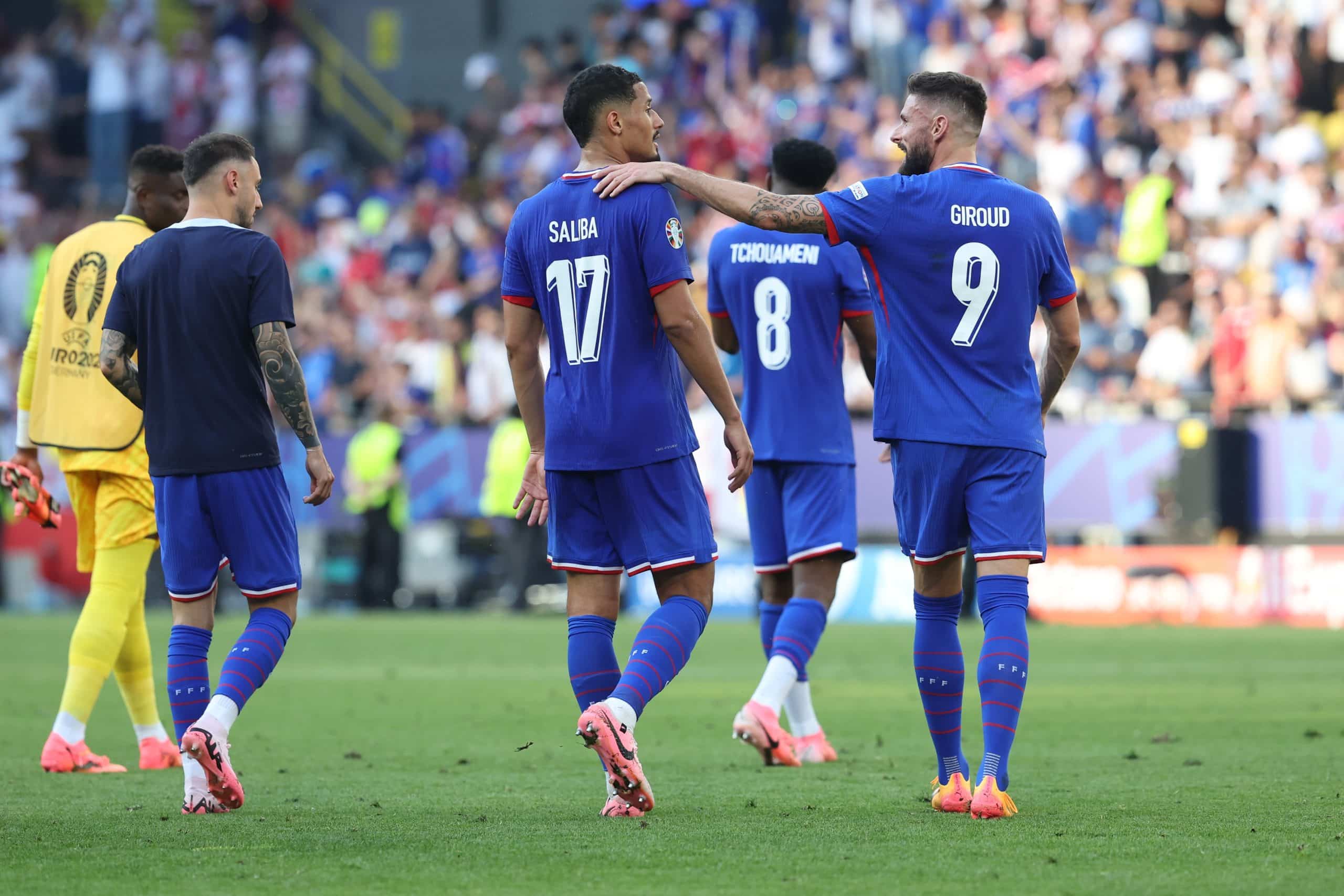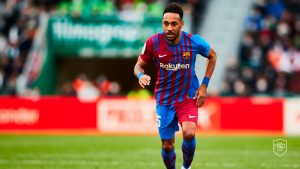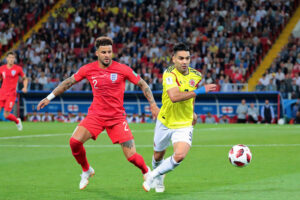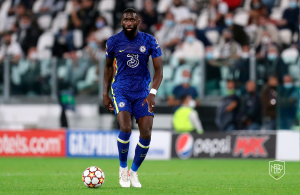The dynamics of a sports team are not only defined by the individual skills of its players, but also by the quality of the interactions that are established between them during the play. Here are three essential key steps to enhancing these relationships:
-
Assertive-Motor Communication
The concept of assertive-motor communication combines two essential elements: assertiveness and motor skills.
Assertiveness in this context refers to the ability to communicate in a direct and respectful way, without imposing oneself on others but expressing one’s own needs and goals.
On the other hand, motor skills involve the ability to execute voluntary movements in response to both internal and external stimuli.
In sport, assertive-motor communication allows players to interact effectively, understanding and respecting the actions and needs of their teammates in real time.
This translates into better coordination on the pitch, facilitating quick and accurate decisions that are crucial for the development of the play and the achievement of tactical objectives.
-
Non-Verbal Communication
The dialogue between athletes is a complex system that unfolds within the context of the team. This communication is not limited to verbal exchange; in fact, most of the messages transmitted between players during the game are of a non-verbal nature.
This form of communication, which encompasses gestures, postures and movements, accounts for more than 50% of the impact of messages (Mehrabian, 1968).
The omnipresence of non-verbal language in sport allows individuals to transmit and receive information simultaneously and automatically.
For example, a player that makes a run is sending non-verbal signals about their intention to receive the ball, while their teammate performing the pass interprets and responds to these signals intuitively. This fluid and almost unconscious interaction is fundamental to success in game situations.
Training that encourages this type of communication is essential to strengthen relational skills and optimise collective performance.
During these trainings, players learn to interpret and respond appropriately to their teammates’ non-verbal signals, thus improving group cohesion and effectiveness in the play (Seirul-lo, 2004).
-
Organisation and Defined Roles
Establishing clear roles and efficient organisation on the pitch is essential to optimise collaboration between players.
Defining intervention zones close to the ball, intermediate and far, where some players focus on immediate mutual support, others on cooperation and a final group on organising and balancing the team in the rest of the pitch, facilitates coordination and improves the tactical efficiency of the team.
This structure promotes an equal distribution of responsibilities and maximises individual skills for the benefit of the group.
Conclusion
By prioritising these three key points and their methodological implementation, teams will not only improve their sporting performance, but also strengthen the relationships between players, creating a positive and cohesive environment that contributes to the overall success of the team.
Do you want to be an expert in collective fundamentals?
This online course will allow you to become a Game Collective Fundamentals Specialist, analyzing more than 80 described and studied fundamentals. These fundamentals are divided in 2 groups, according to where they are happening and to which players are involved to solve them properly:
- Line-group Fundamentals
- Collective Universal Fundamentals
All these fundamentals are born from an extensive study out of the most common situations players have to face during a game, depending on their position or play line / play zone. After these situations are detected, we will analyze which are the best possible answers that give more success possibilities to the players.
You will have access to the content related to the team-structure dictated in our Barcelona school in the Master in High Performance Football. All of this will be available online, providing you with a unique teaching methodology using gamification and storytelling.
What should the player focus on to make the best decision in each situation? How does the coach organise these fundamentals? Which are the key concepts to achieve the correct execution of these best possible answers? What fundamentals details are essential to improve the tactical training of a player?
Click here for more information

